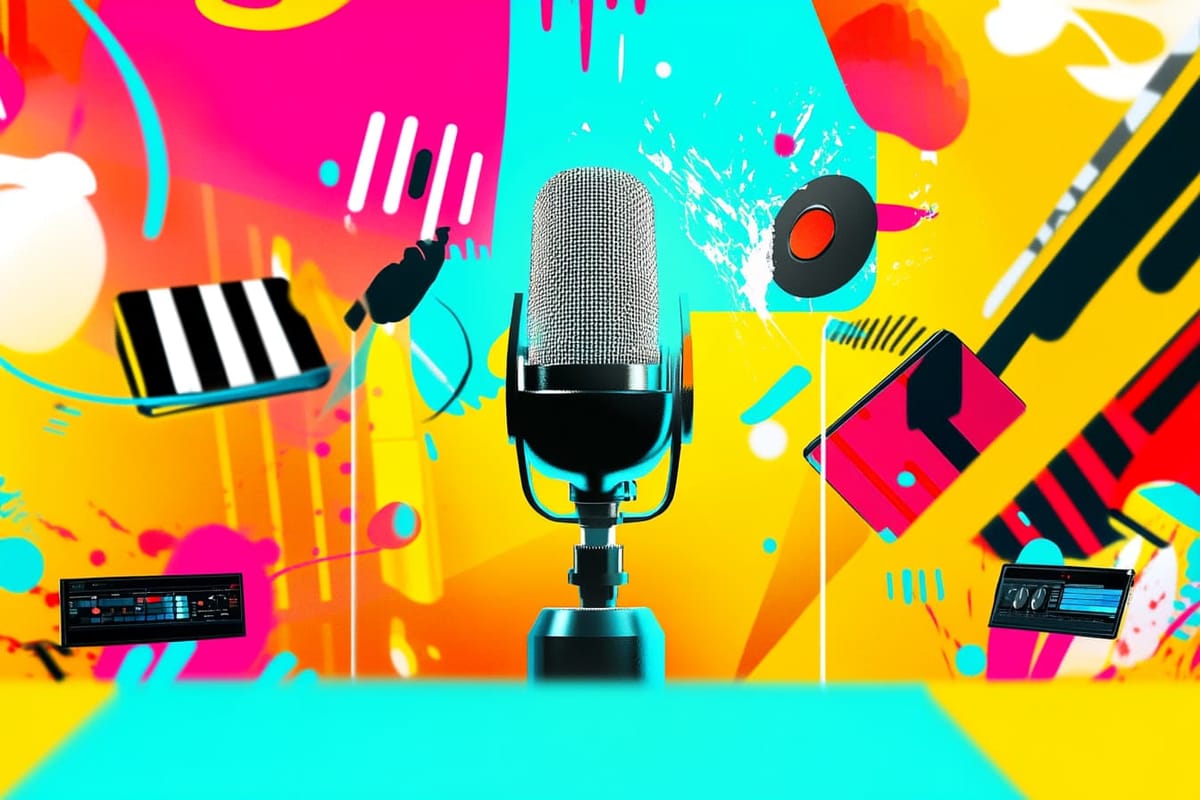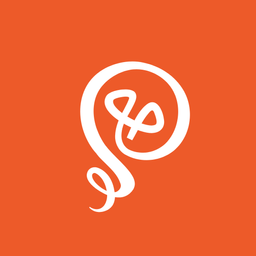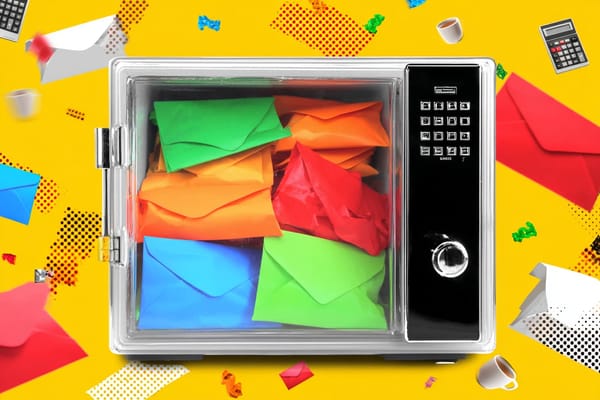How to Manage Your Content Across Multiple Platforms
Create a plan for consistency without becoming overwhelmed.

Over the past six months, I’ve gotten serious about “showing up” online. I know, I know. It’s a dream to put your work out into the world, have people discover it, and reap the rewards of your creative endeavors. That was my approach for a long time: publishing the occasional blog post and hoping it might go viral, bringing a large audience to my (virtual) doorstep.
Then I became part of The Great Resignation, quitting a corporate job in fintech and embracing a major career pivot. I began freelance writing and focused on content marketing, zeroing in on B2B SaaS companies.
At first, I plodded along with the same approach that I had taken with my personal writing: turning in my drafts as expected, nothing more. I began to post regularly on LinkedIn (once a week) with my thoughts on career shifts, productivity, and whatever else struck me as interesting.
My initial goal was to remain connected to people from my fintech life, but I quickly realized that I had a much bigger audience: potential clients. They see my posts, get a sense of my writing, and then head over to my website or send me a DM asking about my work. The world is an oyster for creators right now.
You’ve probably heard the advice everywhere: show up consistently. The main problem for creators is that our audiences can exist in multiple places: social media, Medium, Substack, and more. Everyone consumes content in the channels of their choosing. I wanted to engage with this larger audience, but how could I juggle creating fresh ideas appropriate for each platform’s audience?
The answers: a way to collect ideas constantly, a content calendar, and connections with people.
1. Collect and organize your ideas
Chances are, you don’t create in a vacuum. You draw inspiration from the world around you, and this can also be a solid foundation for what you can share across different platforms.
I save LinkedIn posts that I put my own spin on. Bookmark tweets when I have an opinion on the topic. Use a web clipper to save articles or stats I read that spark an idea. I’ll even add random thoughts to a list using voice controls with my Alexa devices. Save, save, save.
Once a week, I go through all of my saved items. I use Trello to organize my ideas, and I’ll add a card for each idea, with any links to external sources. I’ll add comments to myself, indicating how I think I can make it my own. Any type of planning tool would work for this effort, including a simple Google spreadsheet.
When I am ready to start writing for a platform, I have a large pool to draw from (currently at 255 saved ideas!)
2. Plan a content calendar
Consistently showing up means posting on platforms both regularly and thoughtfully. Your collected ideas will be a wasted effort if you don’t get them in front of your audience.
I first decided how often I wanted to appear on each platform — and I tried not to be overly ambitious. How many tweets per week? How many LinkedIn postswho? How many published stories on Medium?
Once I had this figured out, I thought about what days of the week I would publish. I researched optimal times per platform (example: LinkedIn posts perform best in the morning). I also thought about my own life and when I would have time to write long-form content (like a blog post) versus short-form content (like a series of tweets).
From this, I plotted out when I would do different writing each day of the week (“Medium Monday” is a thing for me), what time of day I would dedicate to this work, and how much time I would need.
Then on Sundays, I review my Trello board and determine what I will write for each platform for each day. Medium Monday? I pull out one idea for the week and add a due date. Need ten tweets? I’ll get them ready to go. I schedule content on my different social media accounts in advance, so I don’t have to be ready every moment of the day.
It took about a month to get a good rhythm, and I kept tweaking my process. For example, I discovered that I don’t write well on Fridays; my brain is tired from the week. So I skip creating anything new that day and instead use the time to review my saved ideas from the week.

3. Make connections with people
Whether you have a post that really takes off or you increase your audience just by showing up, you want it to be easy for people to engage with you — and that includes cross-promotion of yourself across different channels.
I overhauled my website so that visitors would have a good first impression. I use Linktree in my profile to give my audience ways of finding me in other channels and only have room for one link. My LinkedIn profile includes a signup for my Substack.
Whenever I write, I try to include inline links to not only that platform but other places where I create content. I don’t try to assume how anyone reading wants to engage with me. They could land on my website and submit an inquiry; they could send a DM; they could be one of the millions of people on the internet who simply consume content but don’t interact with it.
Connections go beyond giving an audience opportunities to find my work. I have also made it a point to engage with other people, in a genuine way. I comment back on posts that catch my attention, adding something from my own experience, offering a different perspective, or asking a question.
This visibility gives me a chance to form new connections with people. But I don’t do this for the sole sake of building my own audience. I truly believe that creators can boost each other, so I pay particular attention to profiles of people who seem to have a similar level of experience as me: maybe just starting out, maybe trying to build something, and trying to get their work out into the world.
And also… give yourself a break
Creating and maintaining content across multiple platforms is hard. I spent weeks feeling overwhelmed. It’s time-consuming.
In the beginning, I used to get frustrated with myself when I wouldn’t hit the number of posts I wanted to publish on a platform or wouldn’t have time to write a blog post. In hindsight, I should have ramped up more slowly, to give myself time to form the habits of creating across different channels and the time needed to do the work.
I learned how to reuse some of my own content, resurrecting an idea from months ago. The people who saw it then are not the same people who will see it now, so I can tweak it and send it out into the world again. I also have to look at my personal calendar (with a full-time job at a marketing agency and three kids) and sometimes recognize that busy weeks mean less time to work on my own creating.
But the longer I have stuck to my process of gathering ideas, creating a calendar, and engaging with people, the easier it becomes. Cheers to continued improvement in this area.
Check out my free Course, The Endless Idea Collector, and learn how to find content inspiration for content in everyday life.






